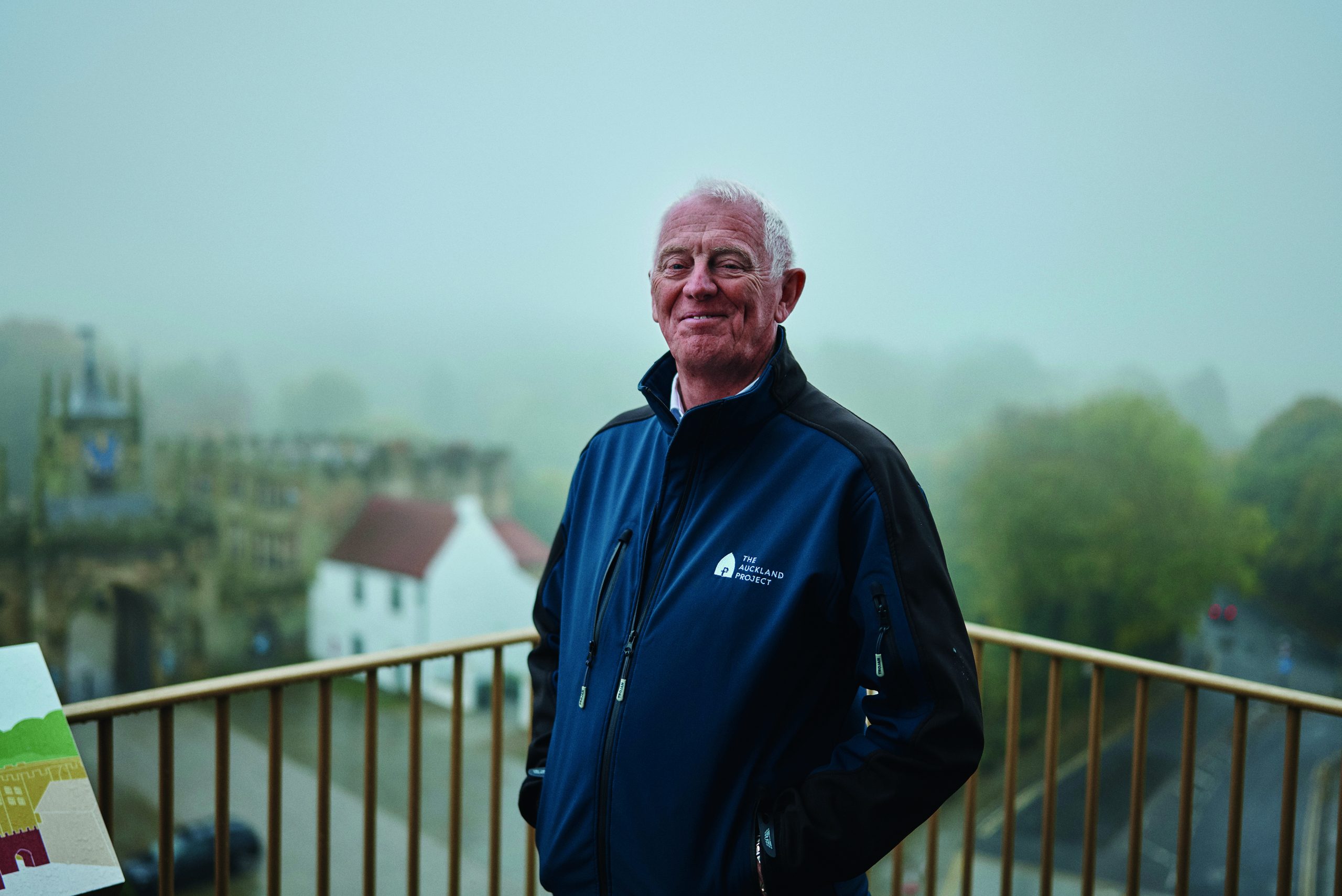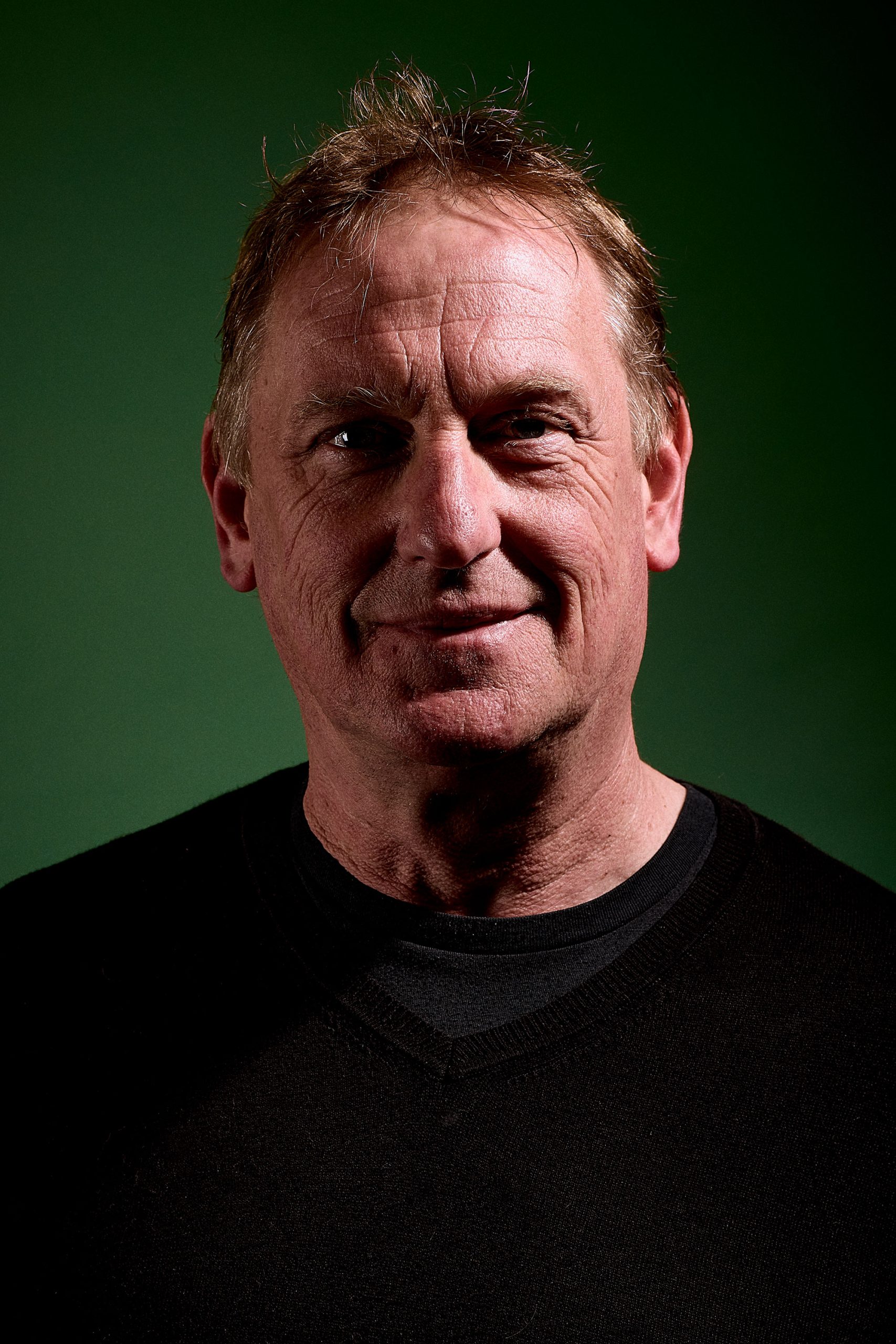A team of Durham University archaeologists carefully chip away at the soil in a small pit just behind the gates at Auckland Palace.
It’s a temporary excavation, in front of the ornate building that has been the seat of the Prince Bishops since medieval times, and is still home to the Archbishop of Durham’s offices.
And with each gentle stroke of a brush, or sharp tap with the hammerstone, more and more secrets and trinkets are revealing themselves.
As if to prove the point, two small boys walk towards the three foot deep squash court-sized hole in the grass with their dad.
“Come here, lads,” says John, one of the team of eager diggers among the ruins.
He stands, showing off two large damp patches on the knees of his waterproofs, holding a small object in the palm of his hand.
“Can I show you what we’ve just found?”, he asks.
Encouraged by their dad, who takes one of his sons’ plastic toys, they approach the pit and the bearded man.
He hands over a dark cylindrical object.
“This is a medieval pot handle,” says John to the two young lads, who are absolutely mesmerised.
He adds: “Stephen over there has just dug that up this minute, and we’ll send that off to the laboratory for tests. But we think it’s probably from 1215 to 1550.”
He’s looking at the dad now.
He says: “That’s been buried under the ground for 500 to 800 years – you’re the second and third people to ever hold it in that time.”
Reluctantly, the treasure leaves the lads’ small paws and is handed back to John before being bagged and labelled for testing.
Meanwhile, on the other side of Bishop Auckland, a mile from the Palace, dust flies across Kingsway Square, the new green space and car park, with its electric charge points and recycled benches.
Not far down the road, groundwork has started on a new bus station, which is expected to open in time for Christmas 2025.
The changes in the 11 years since Jonathan Ruffer landed in Bishop Auckland are remarkable.
And the work has only just started. Jonathan is the leading investment banker and art collector, now in his 70s, who, when he discovered the 12 paintings by Spanish master Francisco de Zurbarán were being sold by the Church of England, bought the lot.
In fact, he bought the castle and grounds to match.
The paintings, featuring Jacob and his 12 sons, weren’t going anywhere.
They’d been in the palace since 1756, when hey were acquired by Bishop Trevor, so Jonathan donated more than £15 million to restore the Bishop’s Palace and has opened it to the public and hundreds of willing volunteers, many of whom had never set foot in the place.
And since the formation of the Auckland Project, the transformation of the town has continued apace.
It is unrecognisable.
The story of the Palace is one of faith and power, so he built the Faith Museum, based on the history of Christianity and faith in Britain, seamlessly blending a golden tithe barn-shaped building into the walls of the Palace.
The Faith Museum has nearly 300 artefacts and objects from museums and galleries across the world, designed to test your understanding and knowledge of faith, religion and worship and its influences on our lives throughout the ages, as well as today.
Jonathan’s donations founded and built the Spanish Gallery, a glass-fronted building on the market square that was opened by King Charles and Queen Letizia of Spain two years ago, and contains works by the likes of El Greco, Murillo and Juan Bautista Maíno.
It has already earned worldwide recognition.
Across the road stands the Mining Art Gallery, where the works of local artists Norman Cornish and Tom McGuinness are displayed, and Auckland Tower, the wooden viewing platform offering a panorama of the town and all the project is trying to create.
From here, you can see the Deer Park and Walled Garden, waiting to be explored and adored.
Jonathan also donated the money to create Kynren, the dramatic 90-minute show depicting the epic tale of England, which brings in sell-out 8000 crowds from across the country every night throughout the summer months.
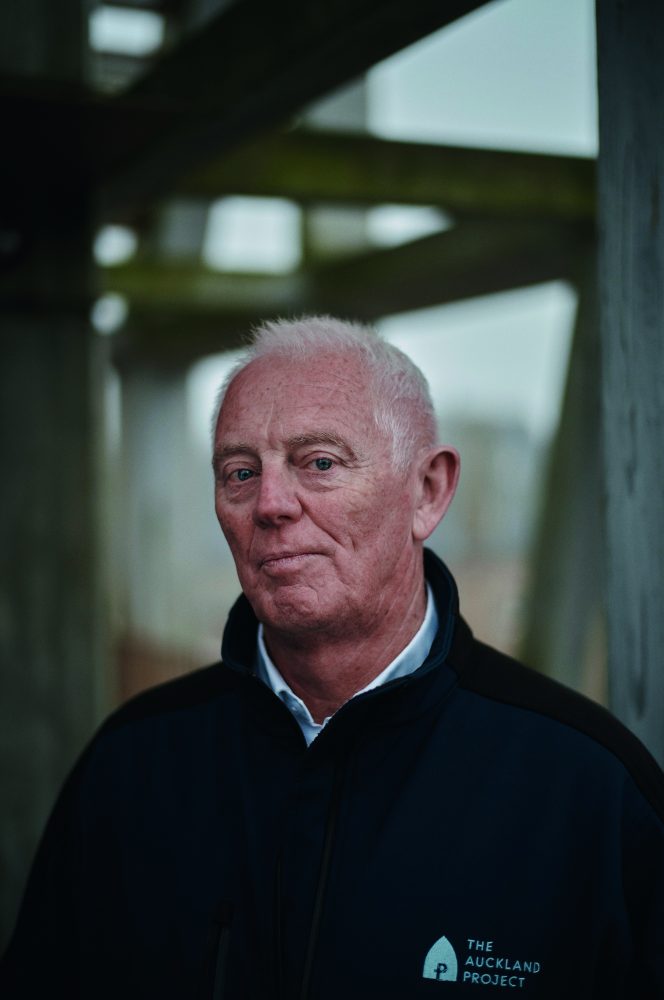
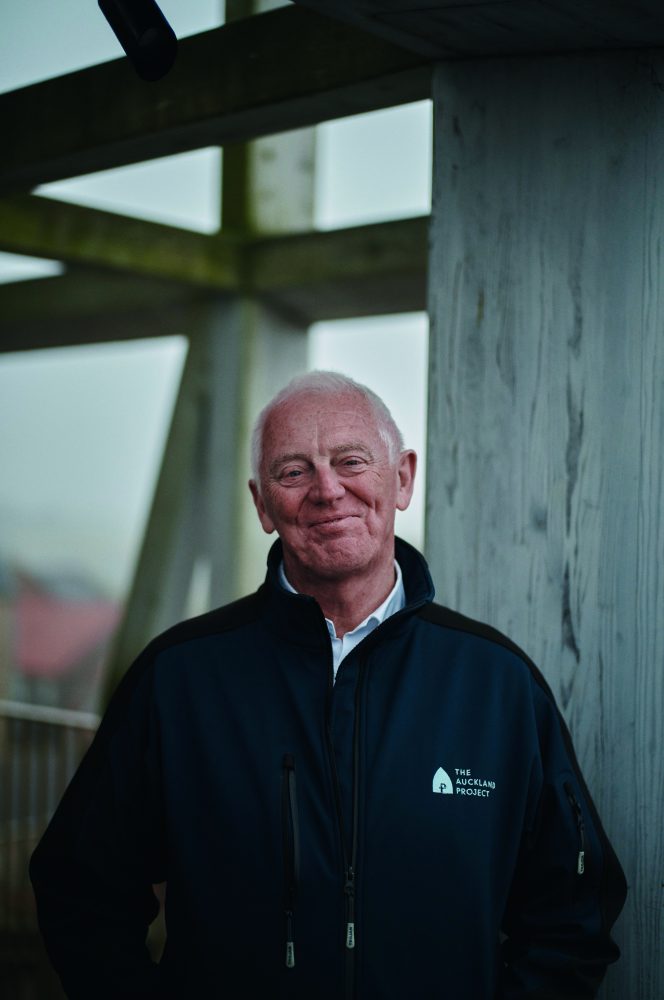
David Land is the Auckland Project’s latest chief executive and is less than a month into the role to ‘commercialise’ the town and its many unique attractions.
Born and bred in Bishop Auckland, David has taken over as interim chief executive of The Auckland Project from Edward Perry, and is now the regeneration charity’s representative on the Stronger Town board, after standing down as chair.
“It came completely out of left field,” David tells N magazine.
He says: “But I said yes straight away.
“I think I’ve got that energy and infectious activity and a commercial brain.
“I’m not about the curatorial – other people here are far more qualified than me for that, including Jonathan – I’m here to bring everything together.
“Bishop Auckland is very lucky to have Jonathan; if you started this from scratch, you couldn’t dream of finding someone like him.
“But stately homes and museums across the country need charitable donations and we’re no different, so we’ve got other events to generate revenue that can help subsidise the amazing art we’ve got.
“I think Jonathan would say he’s still not finished, he’s about halfway through, and while we don’t know what it’s going to look like, we do know it’s going to be transformational and impactful and will help the community.
“He’s that type of philanthropic visionary.
“He needs to get that team right – and he wanted somebody with a bit of commercial nous – and that’s why I’ve come in.
“It’s about protecting his investment and shaping the legacy he leaves, and putting something in place that is sustainable year-on-year.
“We wouldn’t get a quarter of the grants in without his money; we wouldn’t have got the £33 million from Stronger Towns, for example, if it hadn’t been for Jonathan putting his money in too because it’s bang for buck and any grant has to be matched.
“He’s put in something like £200 million, and that was costing £50,000 a day, which is just not sustainable, so how do we maximise the revenues through visitors and make this an attractive place to come?
“People think nothing of a day out to the Lakes, or spending a couple of hours in Tynemouth or Bamburgh; so why not attract visitors to Bishop Auckland and make this a destination?”
Among David’s first tasks was overseeing various events in the town and Palace grounds, such as the Pumpkin Forest, which hosted thousands during the darker hours of October to trek into the trees and seek out 600 handcarved pumpkins.
Buoyed by the success of Kynren, this will become an annual event, having attracted more than 13,000 visitors this year.
They’re hoping for similar success in December too, making Bishop Auckland a ‘Christmas Town’, with AGLOW, a dazzling light show through the gardens and grounds, which runs to New Year’s Eve, and the Santa Express, which chugs along the Weardale Railway to Stanhope and back.
This is one of the Auckland Project’s latest initiatives, and the Weardale Railway will, in time, provide a link from Bishop Auckland to Killhope Lead Mining Museum, and hopefully seasonal steam trains.
There are also fast-moving plans to build a 70-bedroom hotel in Market Square, supplementing a new banqueting suite and restaurant, in addition to the latest STACK complex and its street food offerings, and make Kingsway’s mile of potential more attractive.
David is Bishop Auckland through and through.
A local lad, his grandad was a miner who wouldn’t let his kids go down the pits.
David started his education in Coundon, just outside Bishop Auckland, before becoming an apprentice at Darlington engine maker Cummins.
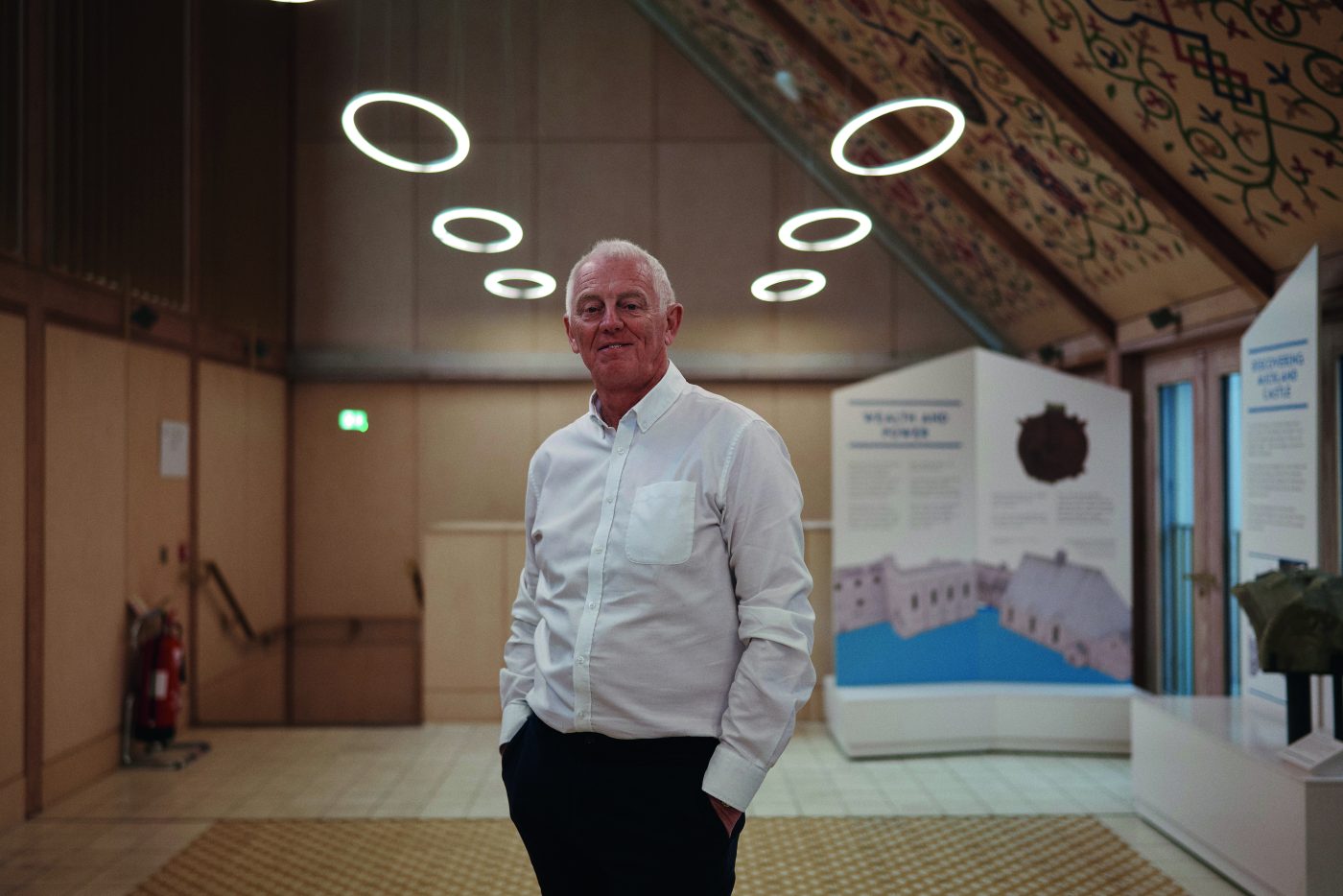
He moved on to business development director and plant director roles at car parts maker Tallent, in Newton Aycliffe, County Durham, expanding the company globally and helping increase turnover from £8 million to £200 million before it was sold to current owner Gestamp.
He’s a Newcastle United fan – he makes the occasional trip to see Bishop Auckland Football Club at Heritage Park – helped found UTC South Durham, co-founded IA Growth, chairs the Engineering and Manufacturing Network and is a University of Sunderland governor.
Despite all of those commitments, though, he couldn’t turn down the opportunity to help his home town.
On the wall of his office, around the corner from the Palace gates, is a whiteboard.
David takes his red and blue marker pens and draws a crude map of the North East, with Bishop Auckland at its centre – just as it was about 900 years ago.
He’s done this many times.
As he scribbles squares and circles round the epicentre, the numbers and the targets get bigger.
He says: “25,000 in Bishop Auckland, South West Durham has 200,000, the North East Local Enterprise Partnership area has 2.2 million.
“The whole North,” he says, drawing a huge circle, “has 15.5 million.”
Get the tourists in from those areas and it will make the Auckland Project sustainable, and no doubt worthwhile.
He knows it’s a mammoth task. And he cannot wait.
He says: “There are three parts to this.
“One, this is my home town; two, I have this vision after working with Stronger Towns; and three, we have Jonathan.
“We have the key ingredients for a successful cake; it’s the perfect opportunity for the 100- plus people involved in the Auckland Project and the 500-plus volunteers and, on top of that, there are more than 1000 volunteers at Kynren.
“It’s about the community and working together, getting it right for future generations of this town.
“I want to gel them together and galvanise the organisation, making sure we are all pushing in the same direction, marketing the town so we can sell these great attractions to the millions of visitors.
“What will Bishop Auckland look like in 2030?
“We don’t know, but if we have a vision of what we’re trying to do, and put plans in place – and I’m not saying it’s going to be easy – it will be easier to put all the pieces of the jigsaw together.
“We have some real gems here; Jonathan has ensured that.
“We just need to tell everyone else and get them to visit and stay.
“And I’m convinced they will.”
November 18, 2024
- Feature
